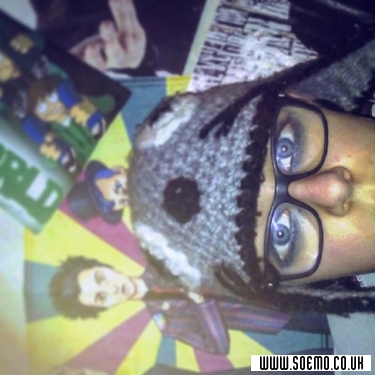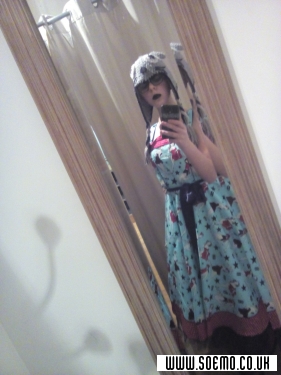xoLEXox
Lexx [they/them Demifemale]
20 / Female / -, United Kingdom
Pansexual / Single
Member since:
May 09, 2017
Last online:
Sep 07, 2020









